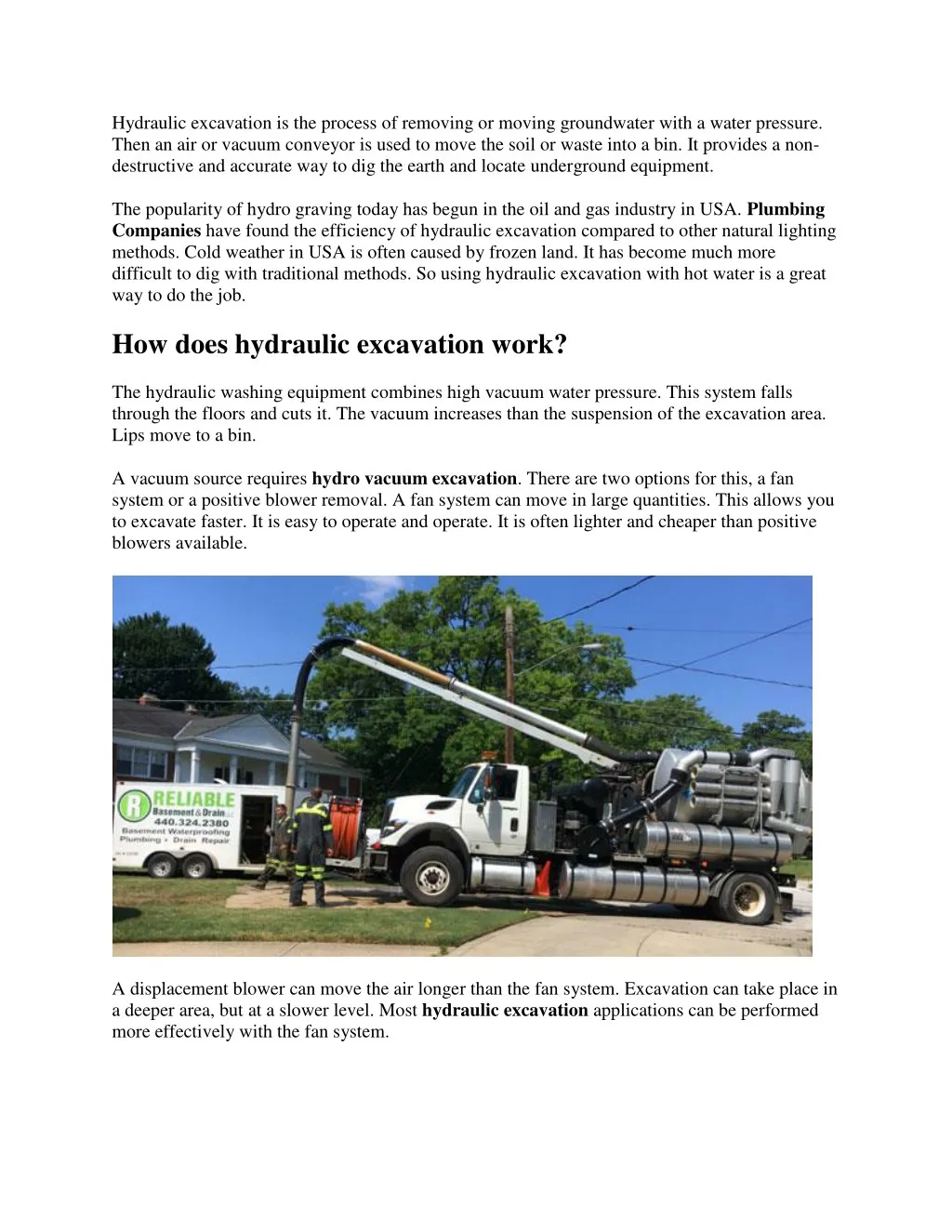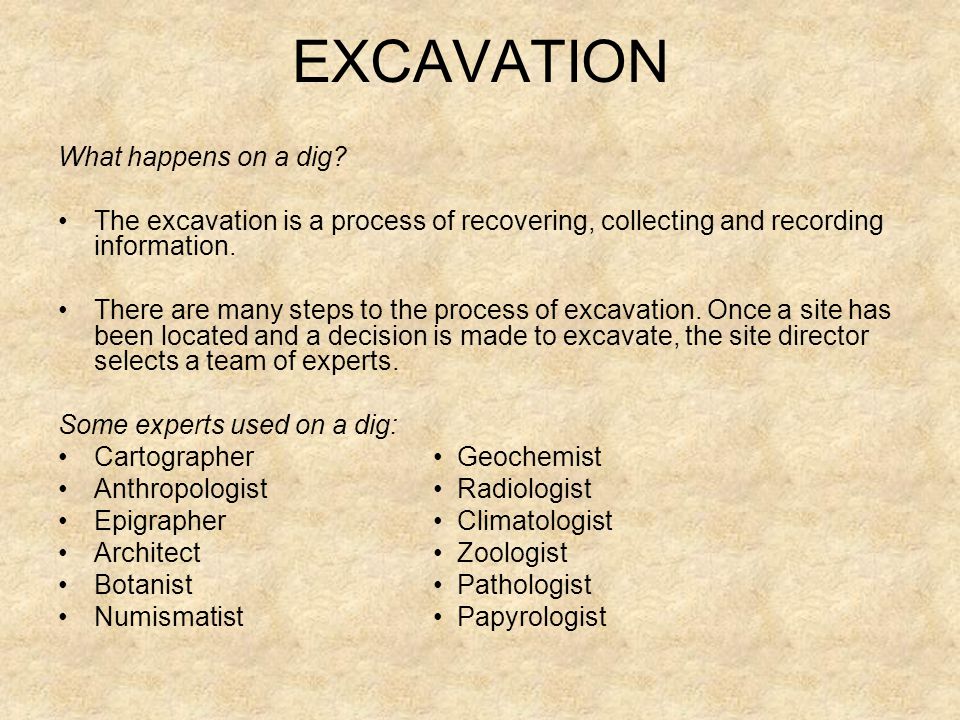Excavator Things To Know Before You Get This
Wiki Article
The smart Trick of Excavating Contractors That Nobody is Talking About
Table of ContentsWhat Does Excavating Contractors Mean?All About TrencherConcrete Contractors Can Be Fun For AnyoneAbout Excavation CompaniesOur Excavator Ideas


Scrapers or Pans dig deep into dirt in one place, haul and also unload the soil in another area (excavator). It is tough to match the performance of scrapers for cut/fill dirt operation if the haul range is much less after that a mile. Scrapers are generally drawn by a rubber tire wheel tractor as well as are sometimes pushed via the cut area by a bulldozer.
There are lot of times that scrapers are not utilized for website grading as well as a dump vehicle is employed: the haul might be to long, the haul might cross roads where scrapes are not allowed, hard rock might be run into, devices accessibility, etc. Dispose trucks remain in typical use as well as most likely need little discussion.
Several vehicles have a top-hinged tailgate that can not dispose any kind of rock broader after that the tailgate size. "Rock body" beds, on the other hand, have no tailgates and can discard any dimension rock, although their volume capacity is lessened. These internet links show tools specifications for several usual dump trucks. Compaction Tools enhances the thickness of the soil as well as in many cases offers a smooth, rolled surface area.
The Greatest Guide To Mini Excavator
From a straightforward test pit to percussion boring to core boring the owner has increasingly much more expensive options that yield significantly far better data concerning the site underground. The Owner on a 100,000 SF building task may license twenty monotonous areas with split spoon soil examples taken up until rock is gotten to as well as then core examples of rock.Understanding the kind and also high quality of rock (from the core samples) and location of rock (from the soils boring) is an actual benefit in jobsite preparation. On the other hand, the Owner of a 100,000 SF building may decide to wage no geotechnical screening whatsoever. The decision concerning geotechnical screening is generally made by an Owner with no input from the Building Manager.
The area on Soils and Geology aids you comprehend the terms in the geotechnical report. A knowledge of the approximate place of the rock helps the Building Manager to prepare the sequence of steps adhering to rock excavation. If rock remains in one edge of a big structure job, for instance, the earth excavation might start at the contrary end of the building in order to begin foundation job soonest.
Beginning the foundation job early would be a great idea if the rock might be gotten rid of by ripping. Nevertheless, if the rock is extremely difficult as well as needs significant blasting, it may be prudent to hold foundation job until the blasting is finished. The Building Supervisor need to coordinate these kinds of decisions and utilize all the technological date offered.
Some Known Details About Excavating Contractors
Unidentified excavation specifies that all rock or other unanticipated materials (leaving out hazardous materials) encountered in the sitework will be the obligation of the Contractor at no modification in agreement cost. An unclassified excavation is less complex from a book-keeping standpoint as well as positions the duty for geotechnical problems onto the Sitework Professional.Just How Water Impacts Sitework? It's incredible what a heavy rain can do to a building task. Before the rainfall, the website might be dry, heavy devices efficiently moving earth, the other trades efficiently doing their job. Within hours the job can be a careless, mud-hole with worker efficiency cut to concerning 10%.
In many areas of the world, the Building and construction Manager have to bear in mind a simple fact: IT WILL RAIN. Excellent planning can reduce the damage and disruption of a heavy rain to a jobsite. Typically the excavation as well as grading is entrusted to the Sitework Contractor (and also their Foremen is liable to oversee as well as guide the hefty equipment and operators).
The Construction Manager need to be continually mindful of what rain will do to the task website. It is not uncommon for the Sitework Foreman to function their hefty devices for maximum efficiency as well as wish it doesn't rainfall. Among the finest methods to prepare for rain is to incline all qualities to drain and also to smooth rolled the surface before a rain.
Trencher Fundamentals Explained
The Construction Supervisor must be well-balanced enough to insure that hefty rain does not quit working on the job longer than essential. Daily conversations with Sitework Foremen might be required to achieve this objective. Any type of time excavation is called for listed below the existing water table on a job, the procedure of dewatering should be taken into consideration.In a genuinely cohesive dirt, the water takes a trip so gradually through the clay or silt that dewatering is not typically needed for the reasonably brief time of excavation. Dewatering might be required for a solitary footing excavation or for an entire project website. The most common dewatering methods are trench drains pipes, deep wells and also well points.

Ground water infiltration can likewise be lowered by cutoff methods such as sheet loading. The costs for dewatering can be incredible, including devices leasing, labor as well as electrical power (or gas). High dewatering costs have faded the earnings margins on far way too many jobs. The several variables provided below make the task of approximating dewatering prices extremely challenging, and also extremely inexact.
This choice should always be taken into consideration when evaluating the possibility of dewatering. Undoubtedly the option is just feasible if gravity can run the water to lower ground. Trench drains pipes can be cut with a backhoe and also full of a crude, granular material (# 4 rock as an example), yet care should be worked out in choosing the water outlet type and area.
The Single Strategy To Use For Grading Contractors
A siphon, necessarily, utilizes climatic stress to this post bring water from one elevation, up over a barrier, to a lower altitude. The pipes in a siphon system should be closed and also some resourcefulness is often called for to totally load the siphon pipe. The siphon pipeline should be full for the siphon to begin.A deep well contains a pump, tube and also a vertical well casing. The pump intake is at the base of the well casing (typically some crushed rock is put down there as a filter medium) (excavator). The water is pumped up the hose pipe, out of the well casing, and to a suitable discharge place.
In a coarse sand, for example, a big area can be pumped to near the pump intake altitude. A much less absorptive soil, on the other hand, reduces the efficiency of a deep well. Because the pump is typically at the base of the deep well, there are no elevation constraints because of vacuum lift, as well as deep wells can reduce the groundwater over 50 feet.
Under of the wellpoint there is a 2 foot long display and valve, water jets out of this shutoff and check these guys out also develops an opening right into which the wellpoint pipe can be lowered. This hole is frequently made a bigger diameter (for instance 10 inches) to enable his response for a coarse sand backfill to help filter the water (mini excavator).
Report this wiki page